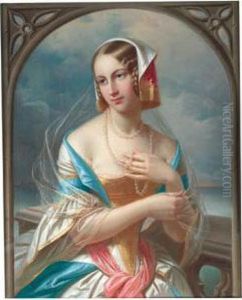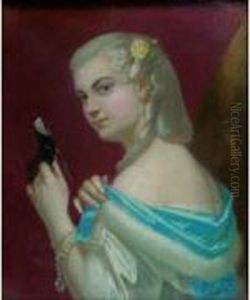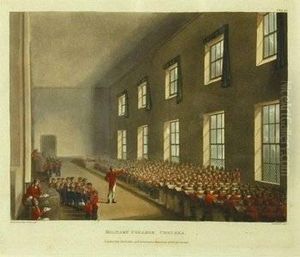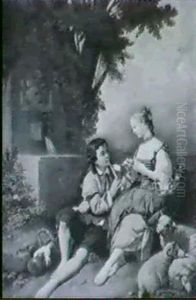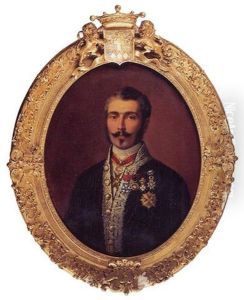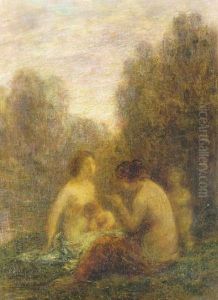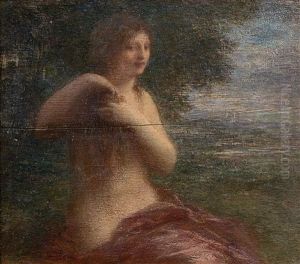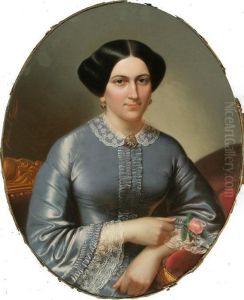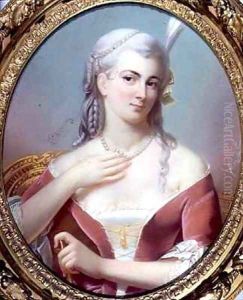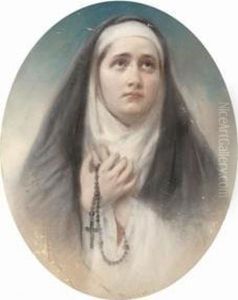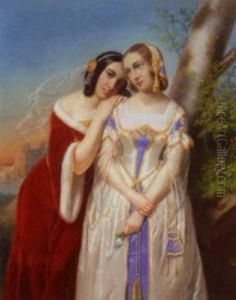Theodore Fantin-Latour Paintings
Henri Fantin-Latour, born Ignace Henri Jean Théodore Fantin-Latour on January 14, 1836, in Grenoble, France, was a renowned French painter and lithographer. Known for his exquisite still lifes, portrait paintings, and imaginative lithographs, Fantin-Latour carved a unique niche for himself in the 19th-century art world. Despite being contemporaneous with the Impressionists and having friendships with key figures such as Édouard Manet and James McNeill Whistler, Fantin-Latour's style remained distinctively conservative, embodying more of the Realist and Symbolist movements rather than the avant-garde approaches of his peers.
Fantin-Latour's early life was steeped in an artistic atmosphere; his father, Théodore Fantin-Latour, was a portrait painter, which undoubtedly influenced Henri's career choice. After moving to Paris, he studied at the École des Beaux-Arts and worked diligently in the Louvre, where he copied the works of the old masters, a common practice among artists of the time. This exercise honed his technical skills and deepened his appreciation for traditional forms and compositions. Despite his traditionalist approach, Fantin-Latour was closely connected with many avant-garde artists. He exhibited at the Paris Salon and also showed his work in the first Impressionist exhibition in 1874, though his own work remained distinctly apart from the Impressionist style.
Fantin-Latour's still lifes are perhaps his most celebrated works, characterized by their luminosity, meticulous detail, and subtle coloration. These paintings often featured flowers, which he rendered with almost photographic realism and a delicate sensitivity to form and texture. In addition to still lifes, he painted numerous portraits and group portraits, including the famous 'Homage to Delacroix' (1864), which depicted several prominent artists of his time, including himself. His lithographs, inspired by the music of composers such as Richard Wagner, represent a more whimsical and imaginative aspect of his oeuvre, embracing a dream-like and sometimes mystical quality that contrasted with the realism of his paintings.
Henri Fantin-Latour's contribution to art extends beyond his paintings and prints; he influenced and supported the Impressionist movement, even as he pursued a different path. His work was appreciated in England as well as in France, leading to a significant portion of his oeuvre being collected by British patrons. Fantin-Latour passed away on August 25, 1904, in Buré, France. His legacy is that of a bridge between the traditional and the modern, a solitary figure who navigated the artistic currents of his time with a quiet, steadfast commitment to his personal vision.
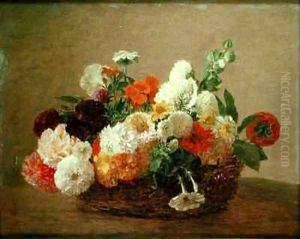
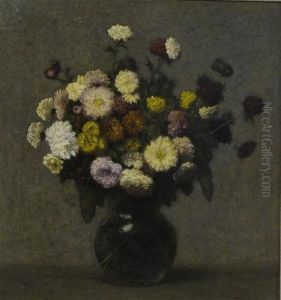

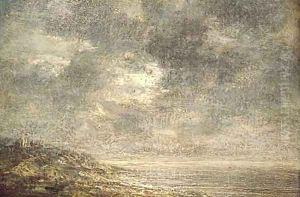
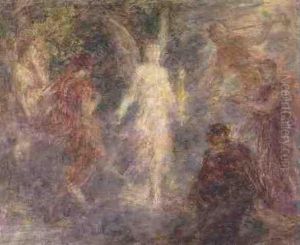
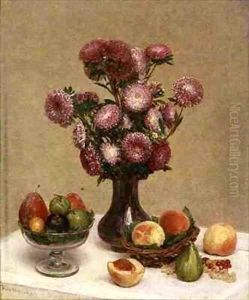
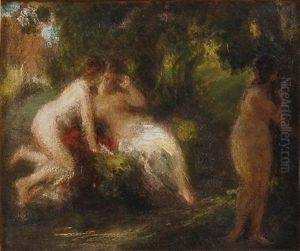
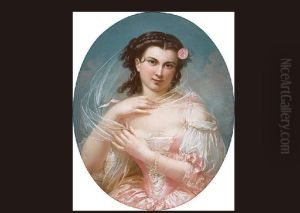
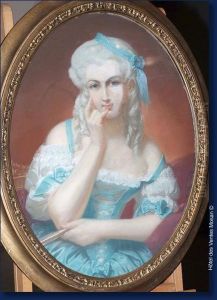
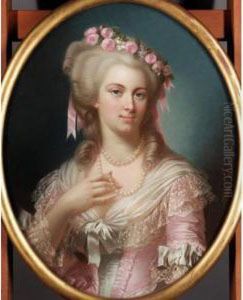
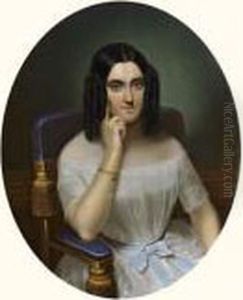
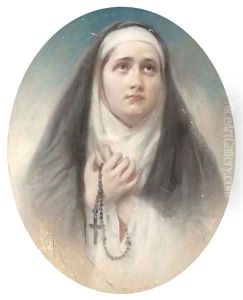
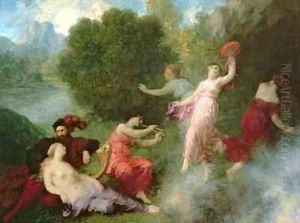
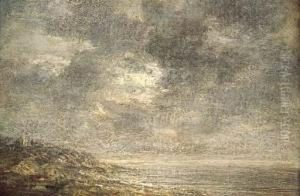
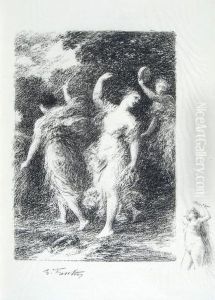
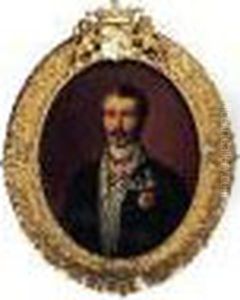
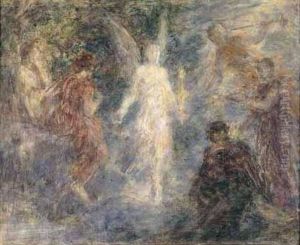
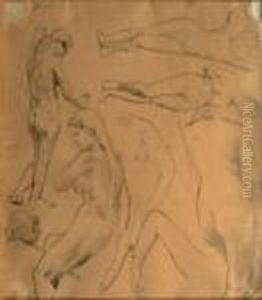
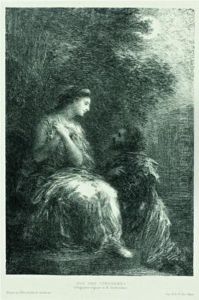
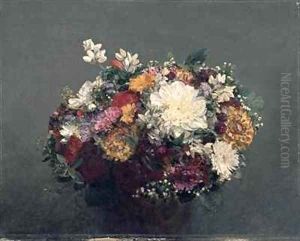
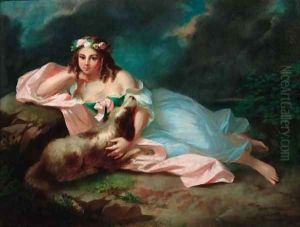
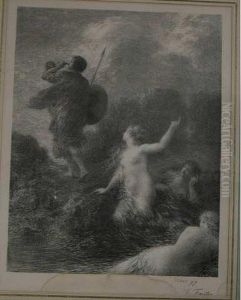
![Jeune Femme Au Diademe De Perles
[ ; Lady With A Pearl Diadem ; Pastel ; Signed Lower Right Fantin La
Tour , Oval]](https://www.niceartgallery.com/imgs/1300429/s/theodore-fantinlatour-jeune-femme-au-diademe-de-perles-lady-with-a-pearl-diadem-pastel-signed-lower-right-fantin-la-tour-oval-e1539496.jpg)
